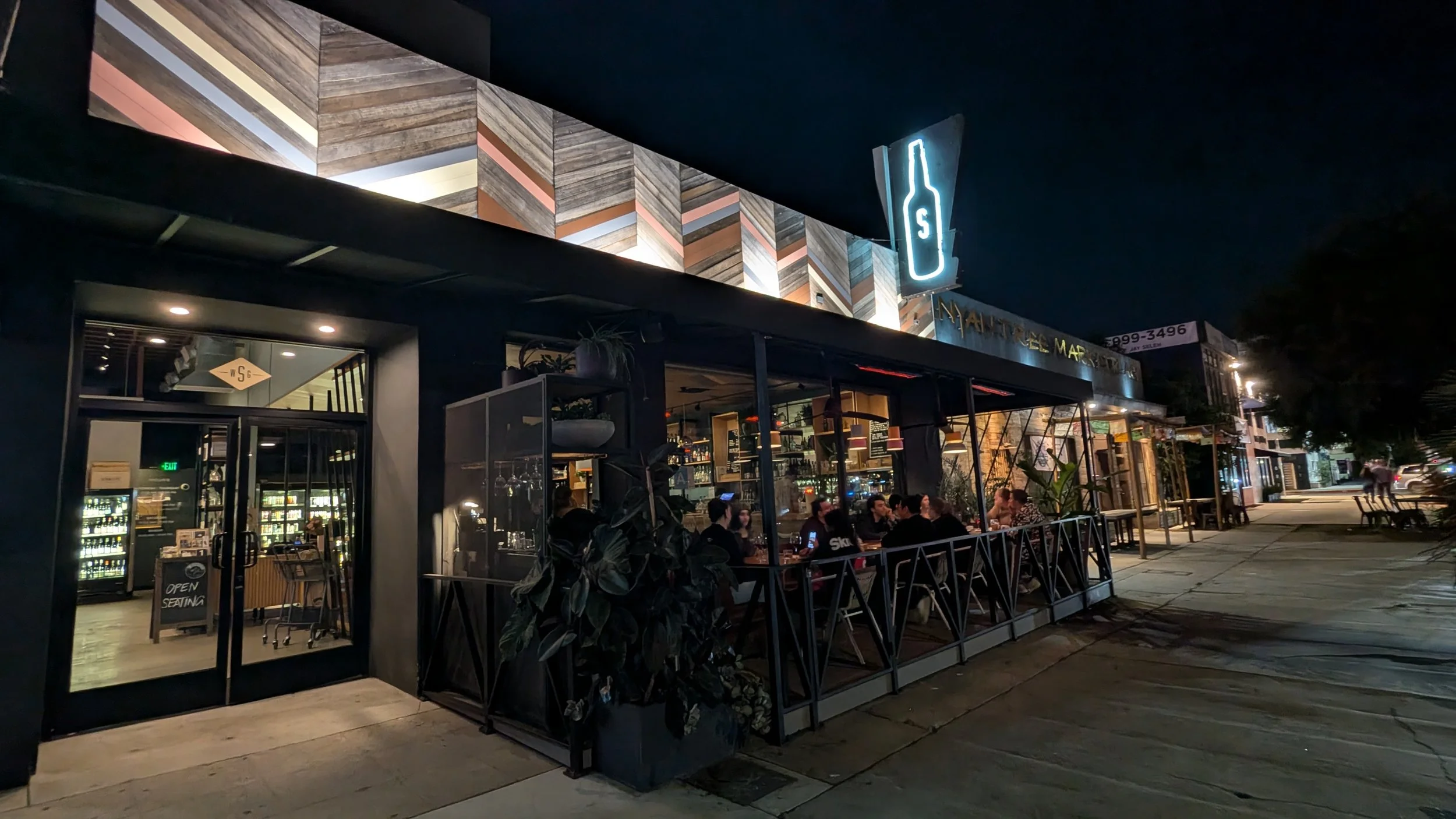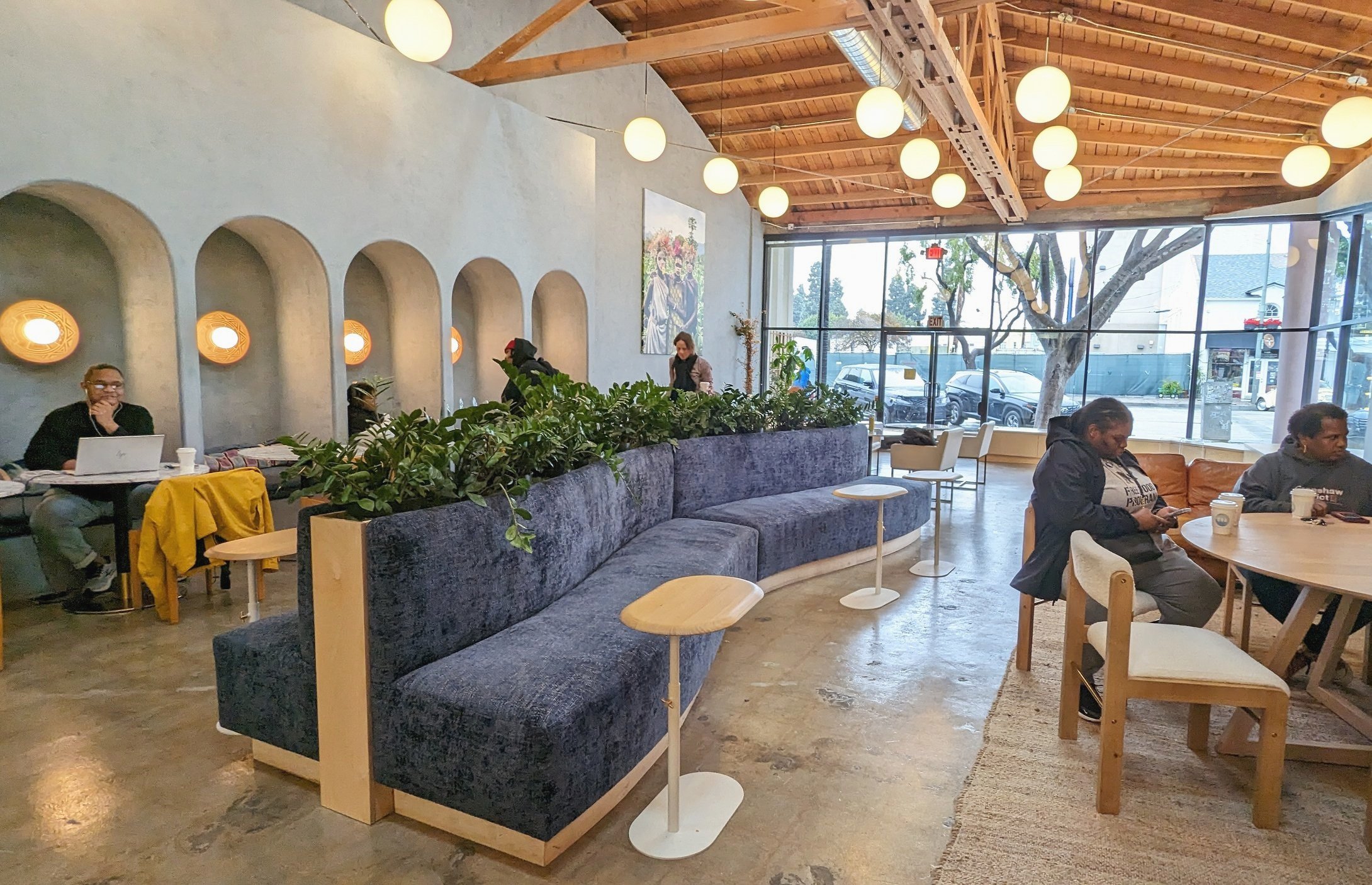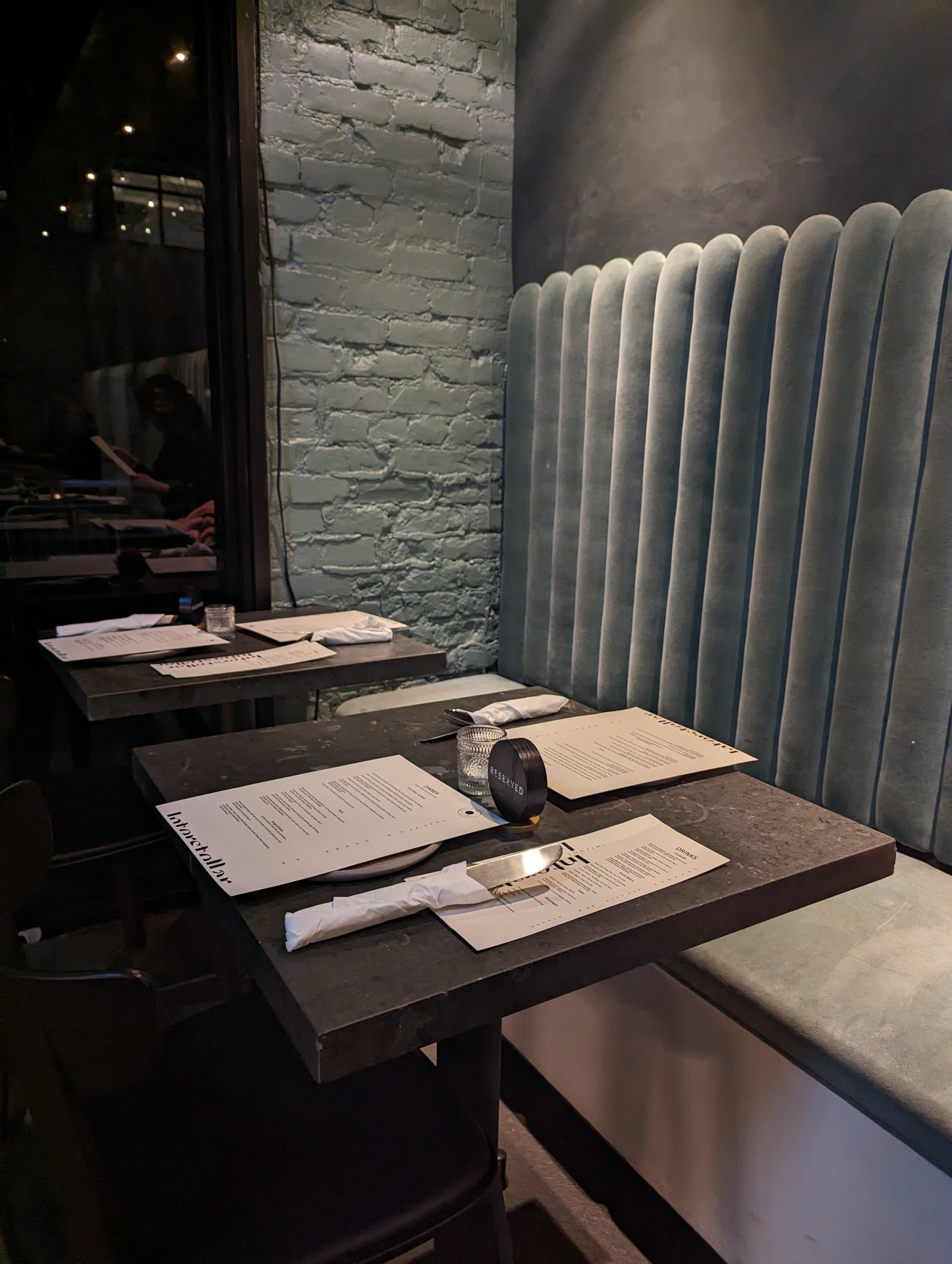Cycling to Work, In the Pedestrian Death Capital of America
Weekend bike ride on Ballona Creek, safe from the cars
Biking to work in the United States, the cyclist fatality epicenter, is no easy feat.
I’ve developed a few survival tactics: ride in the middle of the road to increase visibility and reduce the risk of being side-swiped, or worse, run over by a road-raging or texting driver. My number two tip, is when cycling straight through an intersection, watch to make sure the left-hand turning driver sees you. The number 1 way cyclists and motorists die is via left-hand turning vehicles that are so caught up watching for oncoming traffic, they fail to see the pedestrian right in front of them.
Both of these tips have the number one death bell in common: not being seen. So I don ridiculously, neon jackets with darts of reflective stripes. I purchase range construction colored shirts and only wear them cycling (no sane person wants to walk around making this flashy statement. I buy coma-inducing headlamps, strap them on to my handlebars for when I leave work after sunset. The goal is always the same: to be seen, to matter.
Perhaps I enjoy the thrill of living on the edge, the more direct and main routes - but I am one of those who bike on major thoroughfares (roads with more than two lanes each way); as there’s almost no other way to cycle around LA. Impatient drivers, speeding with abandon, pass exceedingly close to me, tears of fear well up in my eyes. And yet I persist.
My cycling theme song is Stayin’ Alive by the Bee Gees. All I want is to get to work safely. Los Angeles has aggressive drivers like everywhere else. They honk, yell, curse at me, “Get off the road” is commonly spat through a rolled-down window, as they blaze past, only to have me catch up to them at the next traffic light (they afraid I’ll knock on their window to directly address them).
Traffic and Death in Los Angeles
Los Angeles is America’s second largest city and is also shares the unfortunate title of number one cyclist deaths. Comparing New York City and Los Angeles from 2011 to 2020, each had 138 and 137 cyclist deaths respectively. At first glance, perhaps not so bad, but then NYC is nearly 20% larger by population. Okay, now I’m concerned.
“For perspective, in 2021 Los Angeles had 294 people killed in collisions; compare that to Los Angele’s 379 homicides. ”
For perspective, in 2021 Los Angeles had 294 people killed in collisions; compare that to Los Angele’s 379 homicides. In some years, LA’s collision deaths will surpass the number of homicides. Wow, right? I’m shocked, I’m concerned. We talk about gun violence but why aren’t we talking more about collisions, transportation, mobility and basic pedestrian safety? This has the potential to positively improve the most infamous, daily commute for everyone involved!
Los Angeles is known for its gridlock traffic, lack of parking, and its population continues to burst at the seams. It is horrifying that we cannot build a safe, sustainable infrastructure that allows people to transport themselves using alternative modes of transportation. More roads, more lanes, and more parking is not the answer. When you build more, people will adjust their habits to fill the void - as in they will fill the lanes, the roads and parking spaces. And then we will be back to square one.
Why Do I Bike?
Santa Monica Pier, weekend bike ride
I bike because I prefer biking it over sitting in my car. Everyone knows the feeling of bumper-to-bumper traffic on a Friday evening. In my fuel economic Prius—not moving— I used to gaze longingly out the car window at the walkers, the pedestrians and wish I was one of them; the weather is perfect and the setting sun divine to feel on your skin. I’d rather walk for one hour than tediously inch forward, strapped to my adult car seat. So much of time is spent in stop-and-go traffic.
When I was new to the city, an LA native told me, it’s not the distance - it’s the type of drive that matters. And her words have echoed in my head ever since. A seven mile drive does not sound particularly painful, but when it painstakingly takes 45 minutes with no end in sight, it seems to require every ounce of patience to remain sane. LA is, especially during rush hour, a painful place to drive, not for the faint of heart. Thus, if I can instead use those same 45 minutes to bike seven miles on the Best West Coast, if I can breathe the fresh air, feel the evening sun on my skin then its not so bad.
Did I mentioned I love saving the earth? I don’t like being car dependent. With the surging price of gasoline (currently at $4.67/gallon), the cost to my pocketbook and to the environment continues to increase (I’m definitely conscious of my carbon footprint). Thus, if I can help the earth by doing one thing - biking one trip - then I’ll do it.
The Path to a More Biker and Pedestrian-Friendly Los Angeles
Weekend Cycling with Friends
I’m simply an avid cyclist commuter who wants to help Los Angeles become a pedestrian and bike-friendly city (imagine Paris which banned cars from their city center); as being car-centric is not the answer.
Here are some basic recommendations to make LA more bike and pedestrian friendly:
Clearly defined pedestrian pathways areas and cyclist lanes that are safe (we don’t want cars passing us or pushing us off the road)
Wider sidewalks (at least 3-4 feet especially pedestrian heavy areas like a shopping mall, a downtown, etc)
Lanes and pathways for pedestrians that connect where we live with where we work, live and go (make sure to design for dangerous underpasses and connections to freeways so pedestrians and cycles and travel thru these high-traffic, high-stress areas safely)
Prioritize Pedestrians and Cyclists over cars lanes and parking spots
Make commuting more accessible, including having access to showers and lockers for commuters to store equipment.
How Can I Advocate for Safer Streets For All?
Speak at your local LA Neighborhood Council (based on where you live/work), City Councils, and local neighborhood organizations when new developments are presented to make sure pedestrians are prioritized
Join a local organization like LA’s Safe Streets For All which helps by following state initiatives and partners with locals to advocate for actual street changes that make streets safer
Follow LA Metro, specifically their Projects section and join meetings, speak up when you want plans to include safe and pedestrian friendly areas, parks and regions
Use the above resources to pay attention to when new street changes are in the design and solicitation phases. When a street is upgraded, they will open it for a period for residents to comment on how they want the street designed. You’ll need to join the meetings, and speak on how you would like to see the streets made safer. These are usually planned way in advance, so it’s important to start paying attention to websites like


































